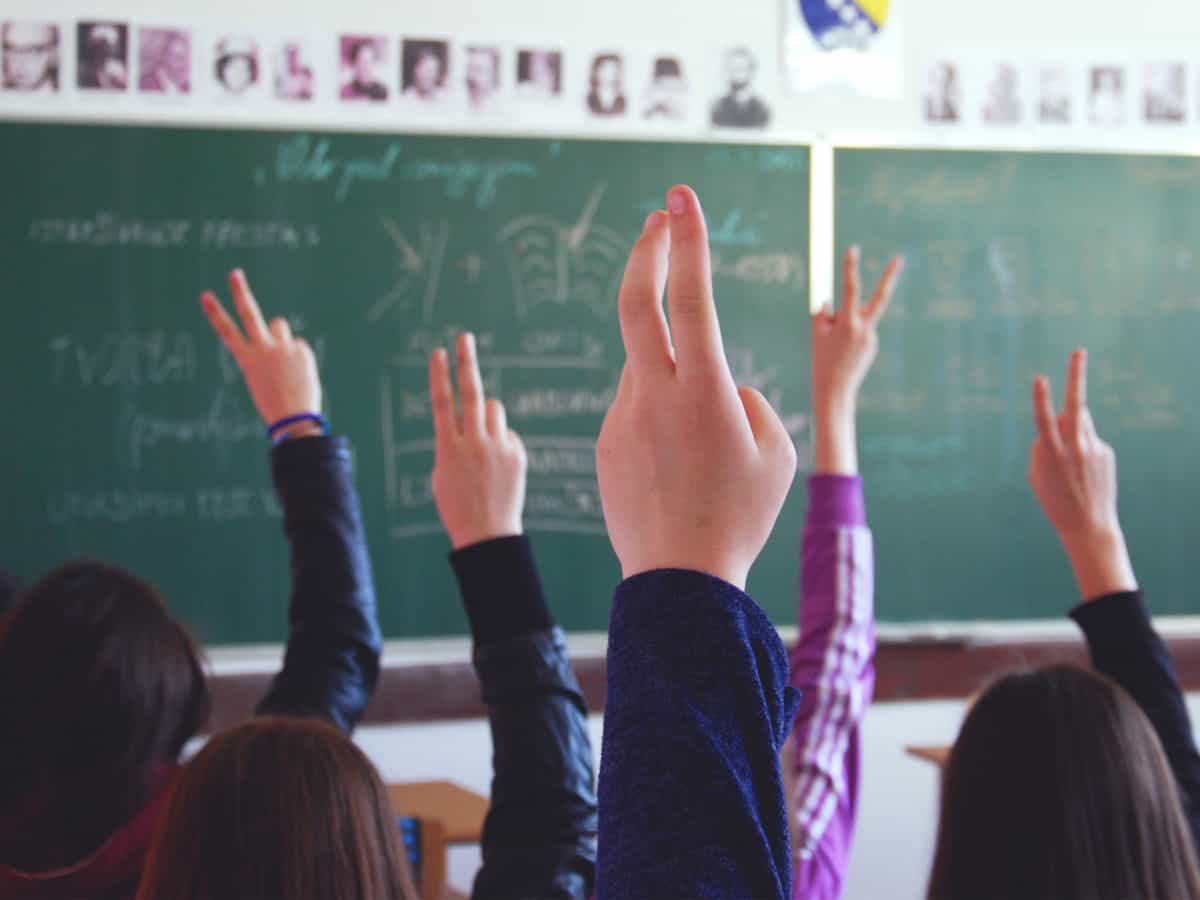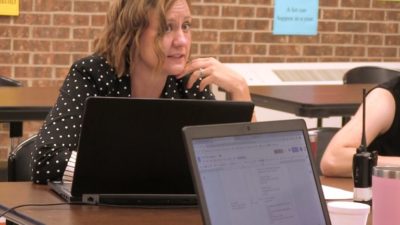

As the world waits to find out what its “next normal” will look like, innovation in education is going to take center stage. The now-ubiquitous rallying cry of leveraging COVID-19 as the disruptive event that provides the necessary momentum to fundamentally change the way we educate children is fine — perhaps even useful.
But it’s crucial that education leaders focus their innovative efforts on addressing systemic deficiencies in our pre-COVID-19 educational institutions rather than making changes solely out of fear of another “black swan” event like a natural disaster or pandemic. We must make change because for the past 30+ years, the system has failed millions of kids.
This past November, all U.S. states received their 2019 reading and math NAEP results. Known as “the nation’s report card,” NAEP scores are the only apples-to-apples comparison of student achievement by state in math, reading, science, and civics, among others.
Given every two years to a sample size of 600,000 fourth and eighth graders, state education leaders look to NAEP results to determine if legislation or initiatives are leading to improvements over time.
I’ll cut to the chase: in North Carolina, the answer is “no.”
- Two-thirds of eighth graders in North Carolina do not meet reading and math proficiency standards.
- 63% of North Carolina eighth graders do not meet math proficiency standards.
- Only 6% of white eighth graders meet advanced reading standards while only 1% of African Americans and 3% of Hispanics do, as compared to 16% of Asian students.
These are startling statistics which by and large have not changed over the past 30 years. But the most heartbreaking figure is this: since 1998, 80% of poor students have not achieved proficiency standards. In contrast, the figure for middle class and wealthy students is approximately 50%.
While the politics of education would have us believe that either more money or more accountability is the answer, these statistics are years in the making, spanning multiple administrations, leadership, and good intentions.
Why should these statistics matter? Kids who are not able to read or do math proficiently usually do not acquire training or education beyond high school. Currently, only 49% of North Carolinians hold a postsecondary credential.
Prior to COVID-19, our state was on track to have significant workforce shortages such that we would not be able to continue to grow our economy at its current pace. That’s bad for everyone, but most of all, it’s bad for the kids who are relegated to minimum wage jobs because they do not have the skills to participate in the knowledge-based economy.
These statistics mean that the free education guaranteed by the state constitution doesn’t work for not just some students, but for a majority of students. Overall, our wealthier counties have had greater success in pivoting to remote learning during the COVID-19 crisis. When we return to school, the gaps illustrated above are likely to get wider, leaving more and more children with little chance to rise above their circumstances.
We were not prepared for remote learning despite a decade of innovation initiatives and pilot projects spanning Democratic and Republican administrations, and general agreement within the education community that personalized learning enabled by technology is a good thing.
So why were we not prepared? The answer lies in our system itself. Although rays of light exist in several classrooms, schools, and counties, the system functions largely the same now as it did 100 years ago. Administrative efforts are focused on complying with reams of federal and state laws and regulations that seek to address a wide range of worthy concerns, but the basic system of education would be very recognizable to a student from the 1920s. In fact, I would argue that few institutions in this country have evolved less than our system of primary and secondary education.
While the State Board of Education and the legislature work on the nuts and bolts of attendance and testing waivers, local school leaders and teachers are struggling to get from one week to the next, reacting to this emergency as best they can. Many are consumed by trying to help feed their students as well as access remote learning opportunities.
Change is hard, and many parents are probably just looking forward to the day when school gets back to “normal.” This must be the priority. But once we have fully restarted our schools, if we derive the right lessons from this pandemic, we will work together to create a resilient educational system that is positioned to operate during the next pandemic, but also a system that delivers — to all students — the skills necessary to prosper in a 21st century economy.




